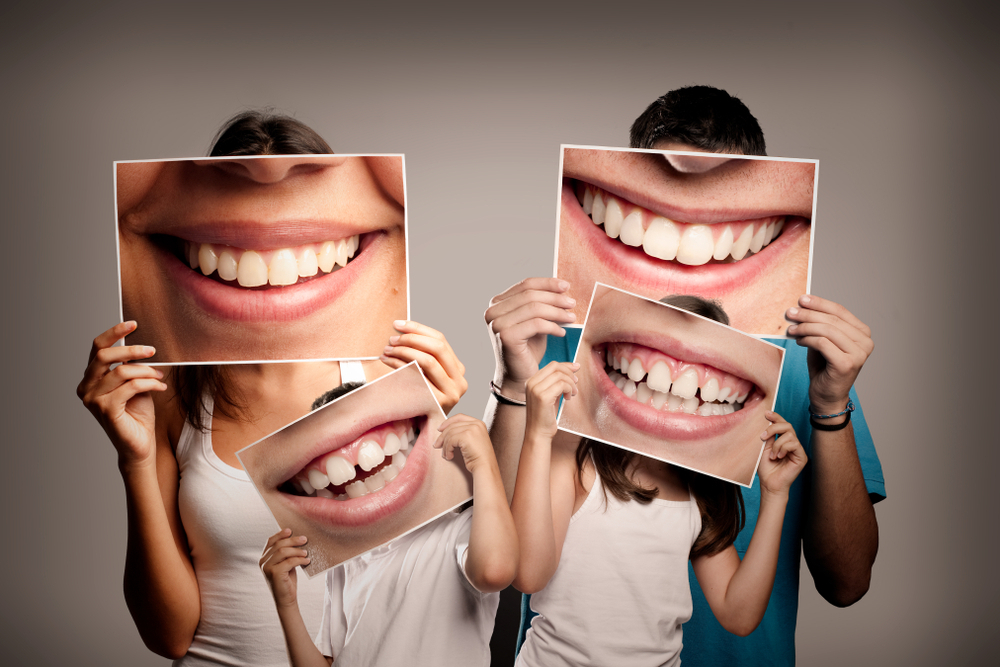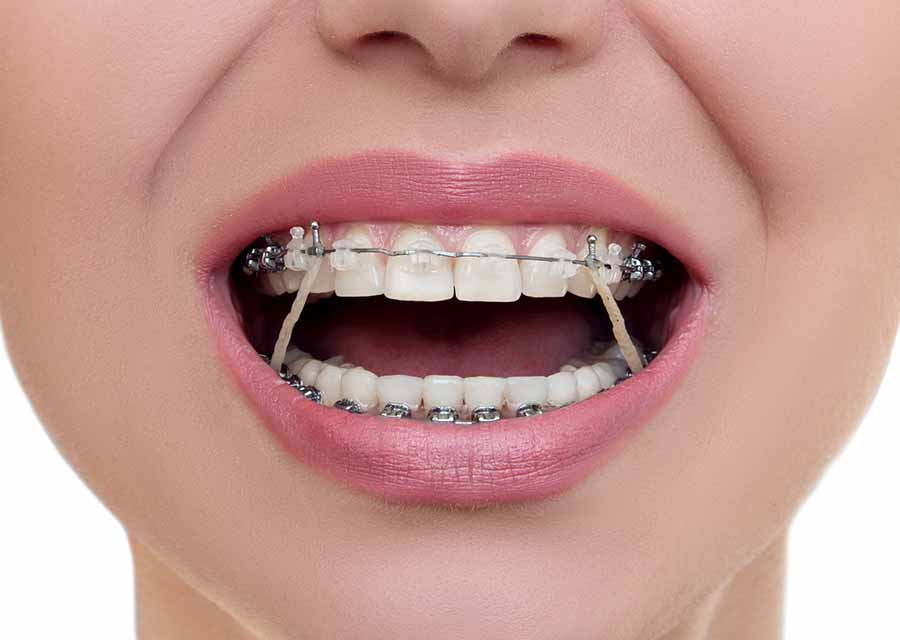Excitement About Legacy Orthodontics
Table of ContentsThe Ultimate Guide To Legacy OrthodonticsSome Known Incorrect Statements About Legacy Orthodontics 6 Simple Techniques For Legacy OrthodonticsGetting The Legacy Orthodontics To WorkFacts About Legacy Orthodontics Uncovered
In enhancement, we offer flexible treatment schedules, adaptable payment options and an enjoyable, pleasurable experience.An orthodontist is a dental practitioner educated to identify, protect against, and treat teeth and jaw irregularities. Orthodontists work with people of all ages, from children to grownups.
Malocclusion, or misaligned teeth, can bring about oral concerns, consisting of tooth decay, gum tissue disease, and tough or unpleasant chewing. Not everybody is born with straight teeth. If you have a negative bite or large spaces between your teeth, you might wish to consult a dentist concentrating on orthodontic care.
The Greatest Guide To Legacy Orthodontics
( Image Credit Scores: DigitalVision/Getty Images) Orthodontists make use of fixed and detachable oral devices, like braces, retainers, and bands, to alter the placement of teeth in your mouth. Orthodontic treatment is for oral abnormalities, including: Uneven teethBite troubles, like an overbite or an underbiteCrowded teeth or teeth that are as well far apartJaw misalignmentThe objective of orthodontic therapy is to improve your bite.
While you could think of orthodontists as primarily for children or teenagers who require dental braces, they can remedy oral problems at any age. Orthodontists participate in university, oral institution, and orthodontic college.
, yet not all dental professionals are orthodontists. They focus on 2 areas: How to effectively and safely relocate teeth Exactly how to appropriately direct advancement in the teeth, jaw, and faceOnce an orthodontist has actually finished training, they have the choice to become board certified.
Indicators on Legacy Orthodontics You Should Know
Imbalance, or malocclusion, is the most usual reason individuals see an orthodontist. It is genetic and is the result of size distinctions in between the top and lower jaw or in between the jaw and teeth. Malocclusion causes tooth overcrowding, an askew jaw, or irregular bite patterns. Malocclusion is generally treated with: Your orthodontist connects metal, ceramic, or plastic square bonds to your teeth.
Some people require a headgear to assist relocate teeth right into line with pressure from outside the mouth. A retainer is a custom-made gadget that maintains your teeth in place.
They can create additional space in the mouth without having to pull teeth. Orthodontists use wires, medical screws, or plates to sustain your jaw bone.
You may require to see an orthodontist if you have: Crowding or not enough room for every one of your teethOverbite, when your upper teeth come over your base teethUnderbite, when your base teeth are too much forwardSpacing or concerns with gapsCrossbite, which is when your top teeth fit behind your base teeth when your mouth is closedOpen bite or an upright space in between your front base and top teethMisplaced midline, when the center of your bottom and upper teeth do not align Dealing with a dental malocclusion can: Make biting, chewing, and talking easierImprove the balance of our face and your general appearanceEase pain from temporomandibular joint disordersDifferent your teeth and make them simpler to cleanse, assisting stop dental cavity or tooth cavities It's often a dental expert who first notices misaligned teeth during a regular test.
10 Simple Techniques For Legacy Orthodontics

During your very first orthodontic consultation, you'll likely have: A dental examPhotos taken of your face and smileDental X-raysPanoramic (360 degree) X-rays of your face and headImpressions to produce mold and mildews of your teethThese tests get redirected here will certainly help your orthodontist know exactly how to proceed with your treatment. clear braces. An orthodontist is a dental expert who's had training to treat your teeth and jaw
Orthodontists may do surgical treatment, exams,X-rays,and even more to aid you obtain a more comfy, much healthier smile. An orthodontist is focused on your bite, so something like a damaged tooth would be managed by a dental professional. Orthodontists are dental professionals but not all dentists are orthodontists. Orthodontists are concentrated on your bite, or the way your teeth fit together, and the straightness of your teeth.
Ever wondered how stars constantly seem to have perfectly lined up teeth? The response commonly lies in the proficient hands of an orthodontist. But what precisely does an orthodontist do? Orthodontists are oral professionals that concentrate on fixing irregularities in the teeth and jaws. Their knowledge exceeds simply creating an attractive smile; it reaches enhancing your overall dental health and wellness and feature.
The smart Trick of Legacy Orthodontics That Nobody is Discussing

While braces are one of the most generally recognized orthodontic treatment, orthodontists have a diverse toolkit at their disposal. The particular method chosen depends upon the severity of the instance, the individual's age, and specific preferences. These tried-and-true dental braces use a system of braces bonded to the teeth and linked by cords.
These removable trays are personalized to gradually move the teeth's placement. In situations of slim jaws, palatal expanders can be used to create area for proper tooth placement.